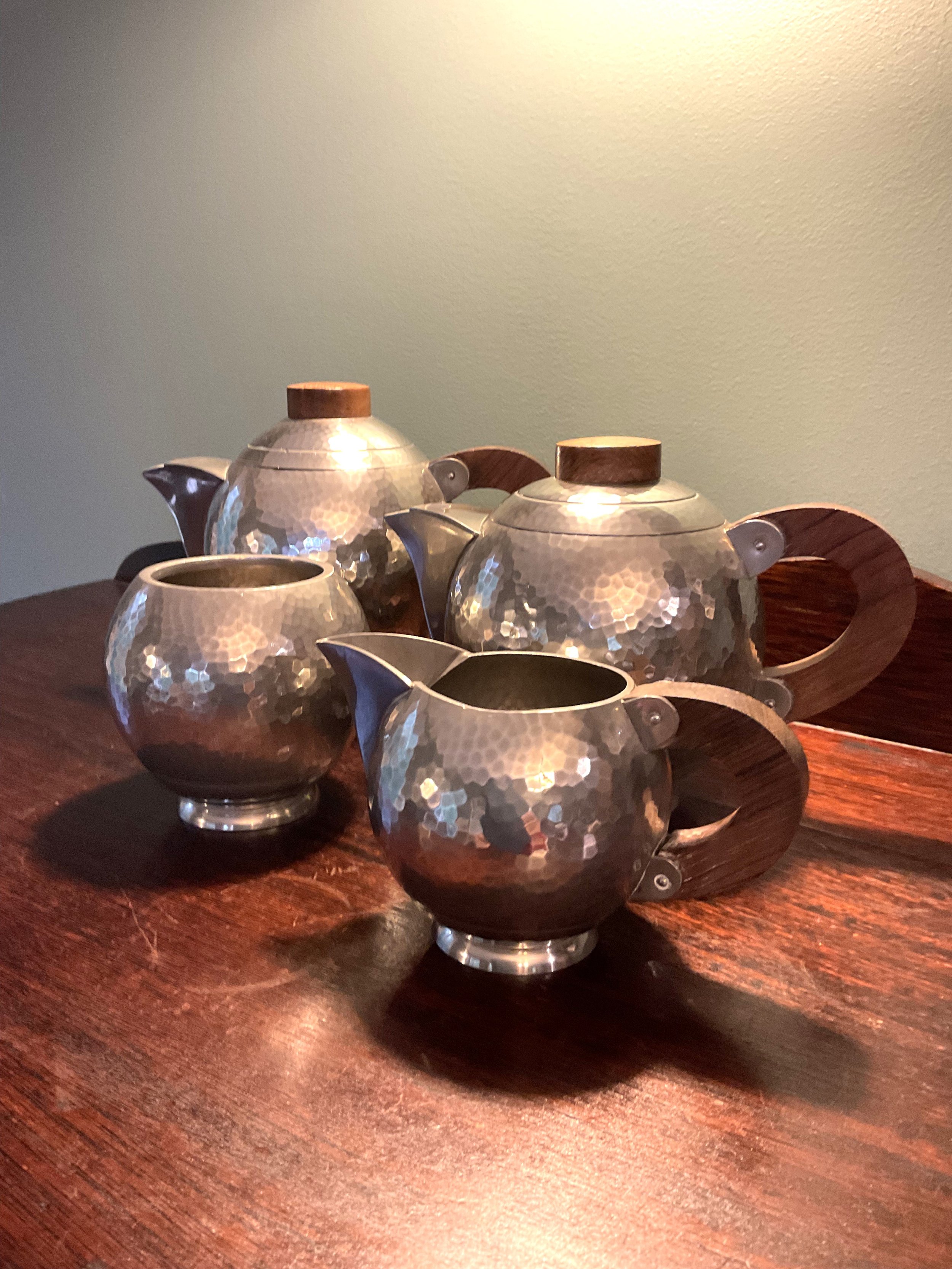Antique European Butter Stamp
This antique butter stamp most possibly dates back to the 17th - 18th century. Beautifully hand carved, it features a heart surrounded by intricate patterns. It is paddle shaped with the patina of a well used object with many stories to tell. The wood used to make this butter stamp has a warm honey glow. It is full of charm and character.
Butter moulds, or sometimes referred to as butter stamps, were used as early as the 17th century to decorate butter with images and words On farms the images were used to label and identify produce. This was actually one of the earliest forms of a trademark. Butter moulds were usually made from hardwoods such as holly, sycamore and cherrywood. They were originally carved by the farmers themselves for their own use or handmade by skilled artisans. They became extremely popular in the 19th century where they were used in private kitchens to decorate the table. Before being used on the butter, the wooden mould would be soaked for hours until it was thoroughly saturated. After hours of chilling the wood would dry out, enabling the butter to slide out easily. Butter moulds make beautiful additions to kitchen décor, especially if you are seeking a traditional country look.
This butter mould has a few chips on the outer edge, otherwise it is in very good condition considering its age. It measures 24 cms in length and it is 12cms across. What a wonderful addition this little gem would make to your kitchen decor, either hanging up or sitting on the bench. It could still be used as a butter stamp or it would make a great cookie cutter.
This antique butter stamp most possibly dates back to the 17th - 18th century. Beautifully hand carved, it features a heart surrounded by intricate patterns. It is paddle shaped with the patina of a well used object with many stories to tell. The wood used to make this butter stamp has a warm honey glow. It is full of charm and character.
Butter moulds, or sometimes referred to as butter stamps, were used as early as the 17th century to decorate butter with images and words On farms the images were used to label and identify produce. This was actually one of the earliest forms of a trademark. Butter moulds were usually made from hardwoods such as holly, sycamore and cherrywood. They were originally carved by the farmers themselves for their own use or handmade by skilled artisans. They became extremely popular in the 19th century where they were used in private kitchens to decorate the table. Before being used on the butter, the wooden mould would be soaked for hours until it was thoroughly saturated. After hours of chilling the wood would dry out, enabling the butter to slide out easily. Butter moulds make beautiful additions to kitchen décor, especially if you are seeking a traditional country look.
This butter mould has a few chips on the outer edge, otherwise it is in very good condition considering its age. It measures 24 cms in length and it is 12cms across. What a wonderful addition this little gem would make to your kitchen decor, either hanging up or sitting on the bench. It could still be used as a butter stamp or it would make a great cookie cutter.
This antique butter stamp most possibly dates back to the 17th - 18th century. Beautifully hand carved, it features a heart surrounded by intricate patterns. It is paddle shaped with the patina of a well used object with many stories to tell. The wood used to make this butter stamp has a warm honey glow. It is full of charm and character.
Butter moulds, or sometimes referred to as butter stamps, were used as early as the 17th century to decorate butter with images and words On farms the images were used to label and identify produce. This was actually one of the earliest forms of a trademark. Butter moulds were usually made from hardwoods such as holly, sycamore and cherrywood. They were originally carved by the farmers themselves for their own use or handmade by skilled artisans. They became extremely popular in the 19th century where they were used in private kitchens to decorate the table. Before being used on the butter, the wooden mould would be soaked for hours until it was thoroughly saturated. After hours of chilling the wood would dry out, enabling the butter to slide out easily. Butter moulds make beautiful additions to kitchen décor, especially if you are seeking a traditional country look.
This butter mould has a few chips on the outer edge, otherwise it is in very good condition considering its age. It measures 24 cms in length and it is 12cms across. What a wonderful addition this little gem would make to your kitchen decor, either hanging up or sitting on the bench. It could still be used as a butter stamp or it would make a great cookie cutter.


































